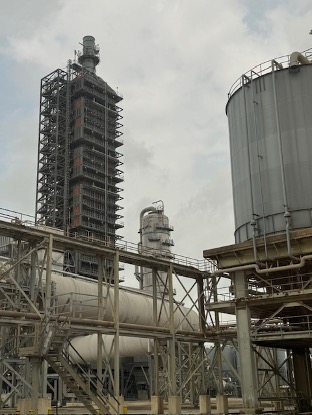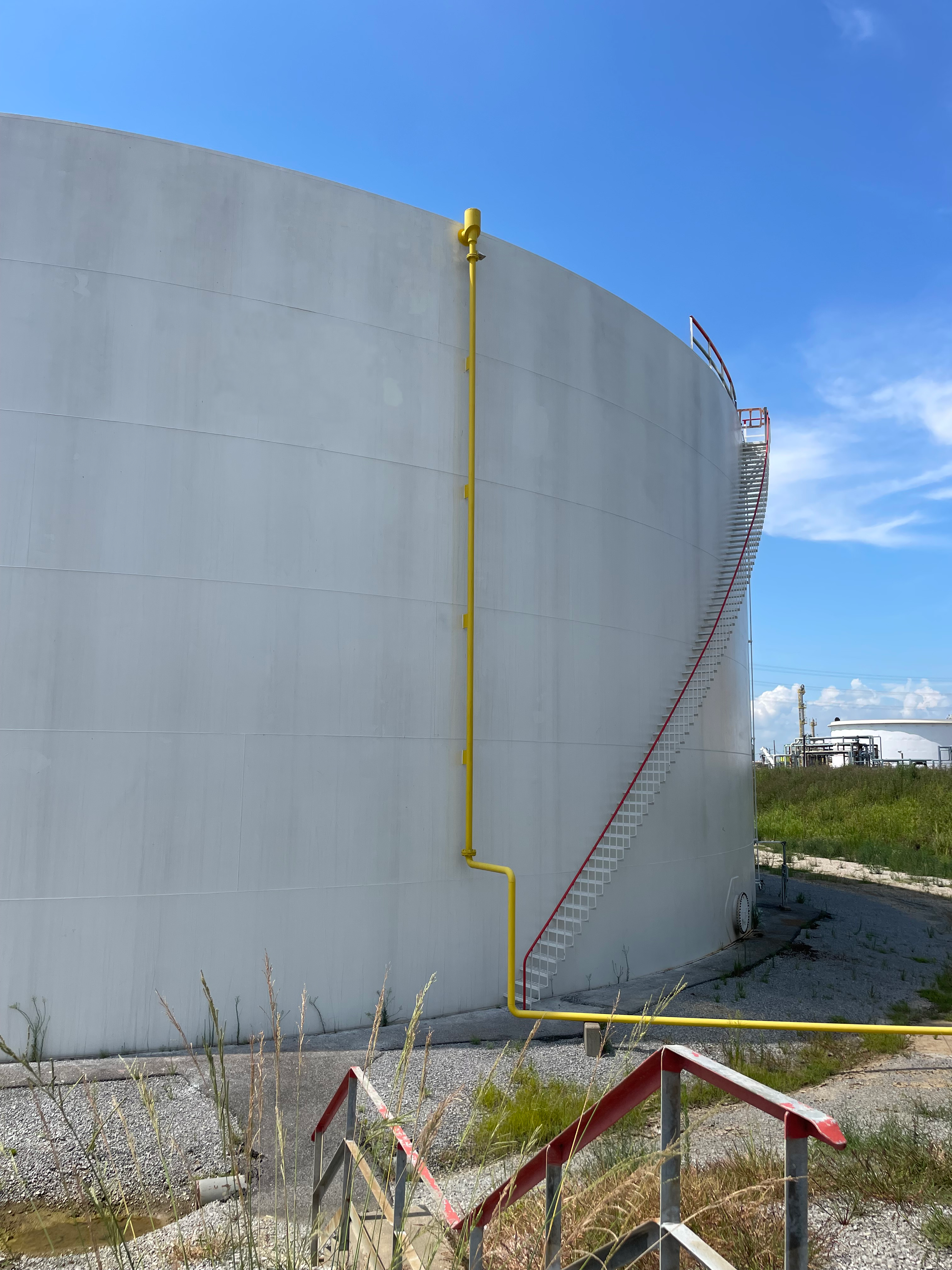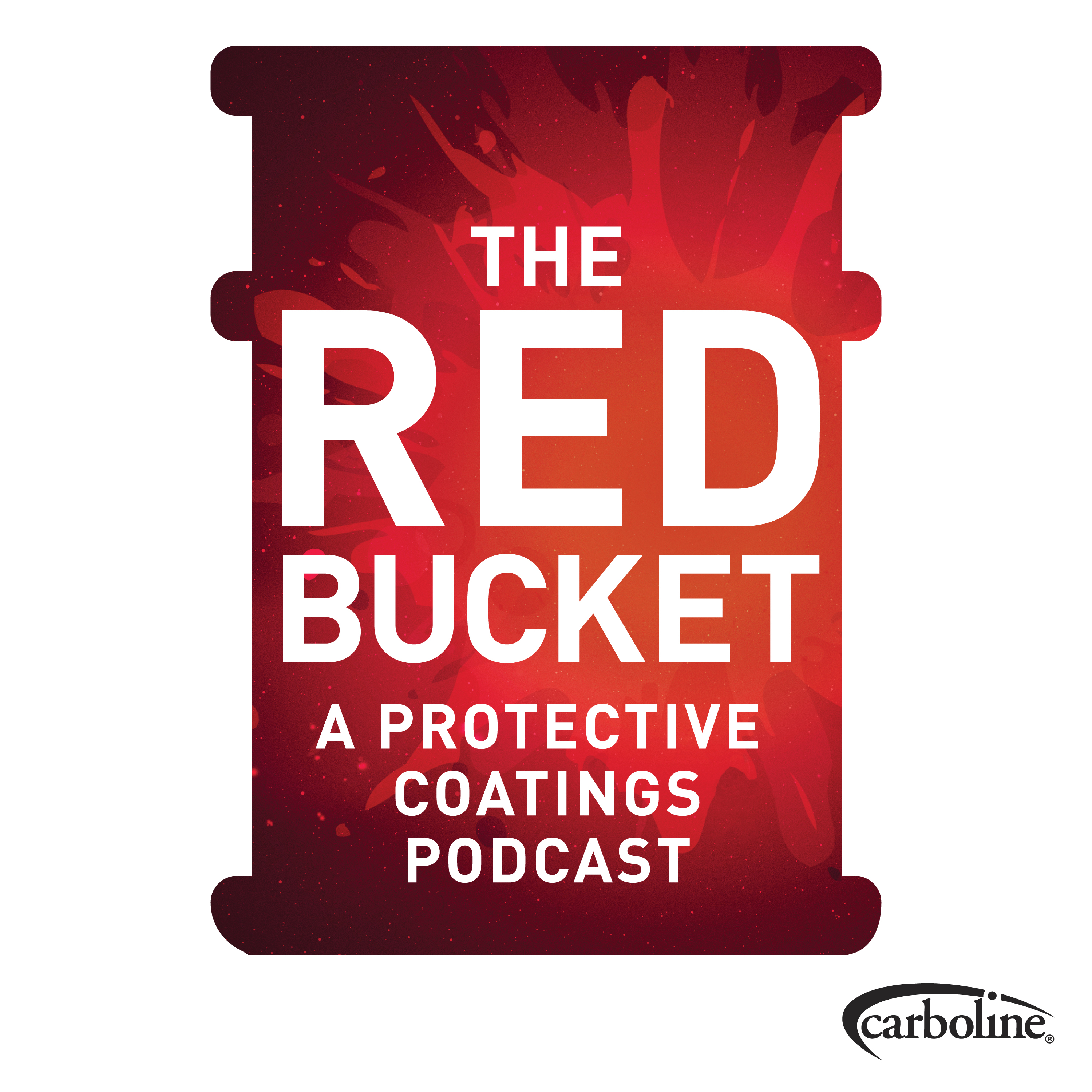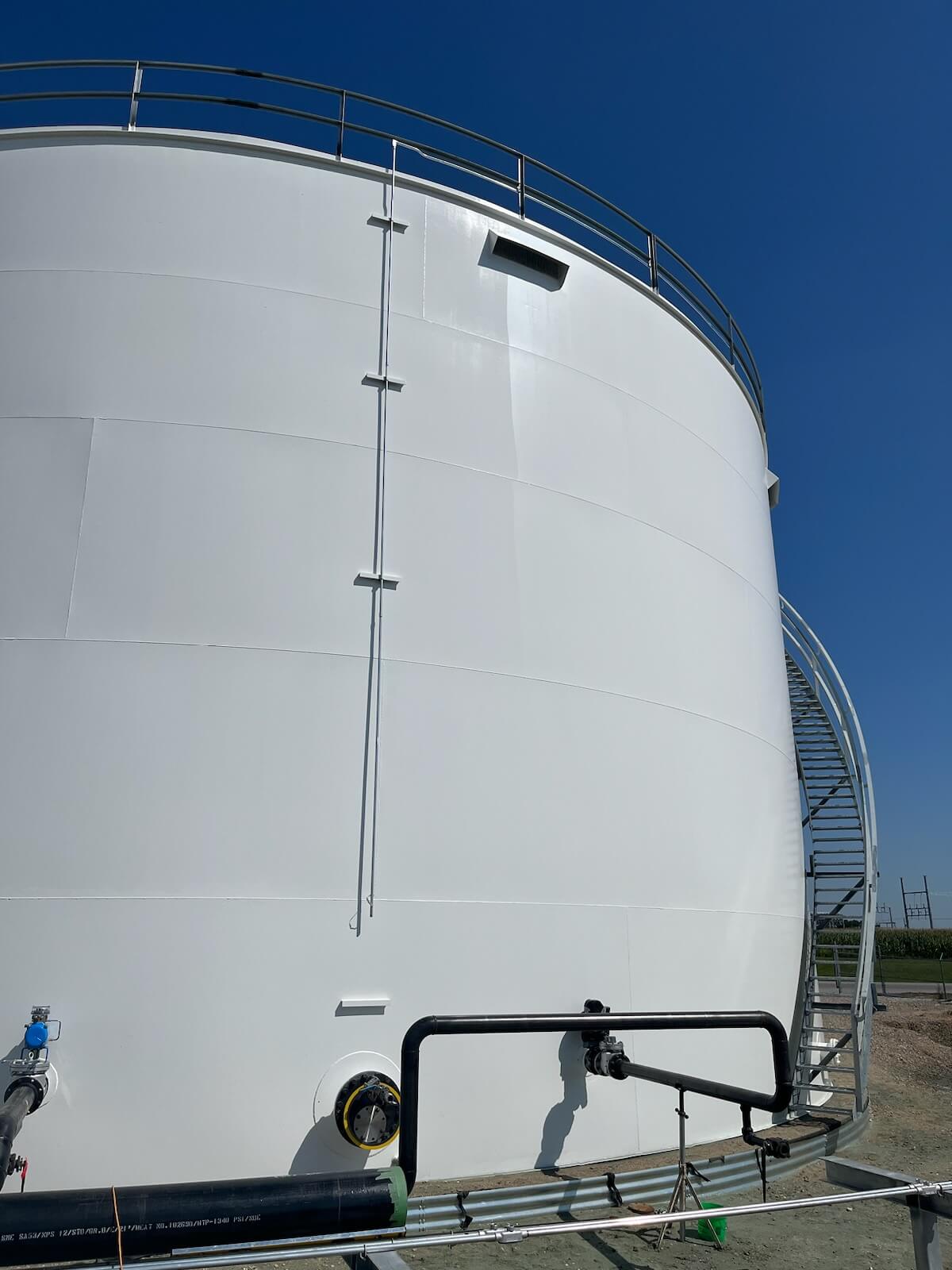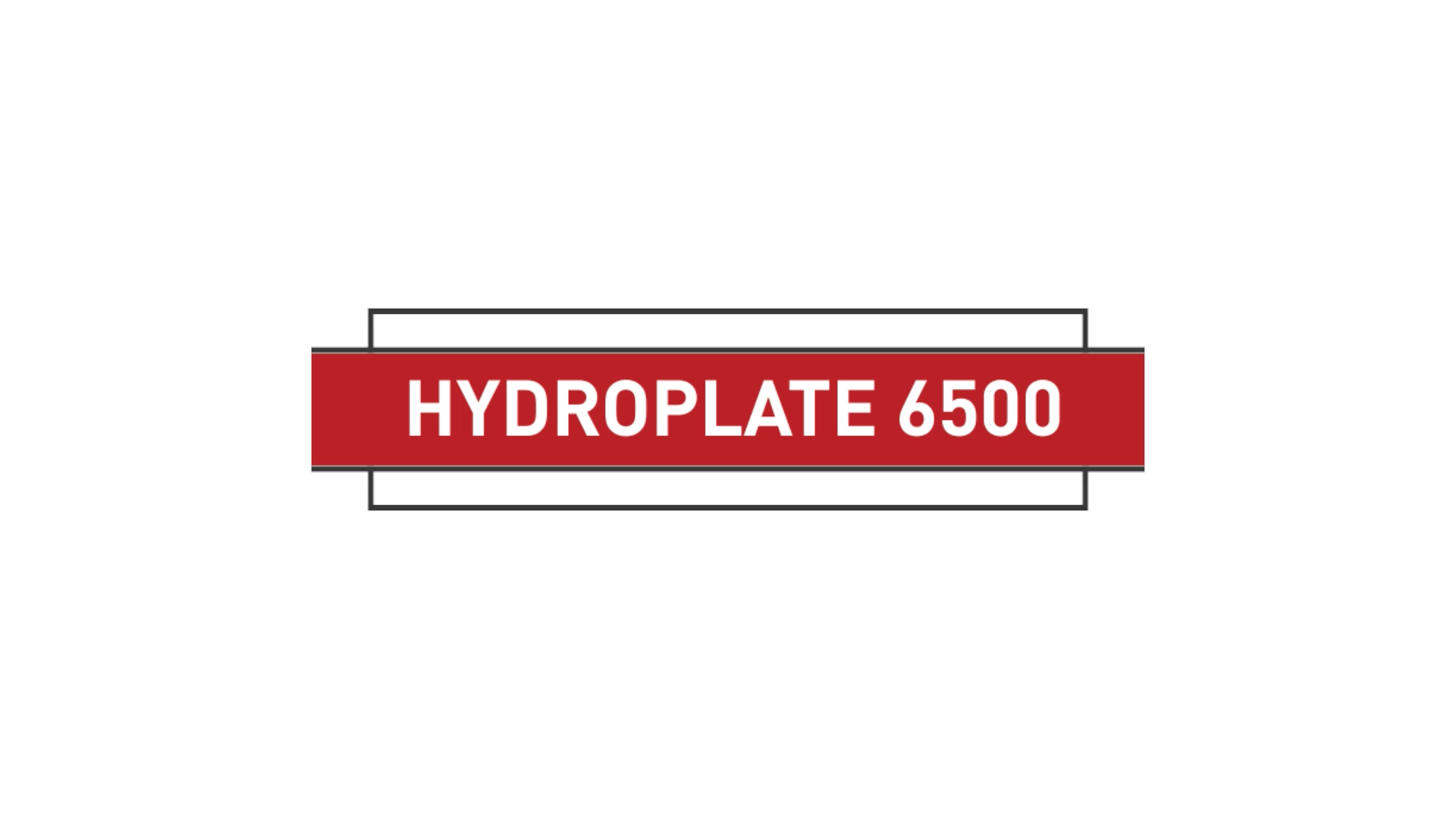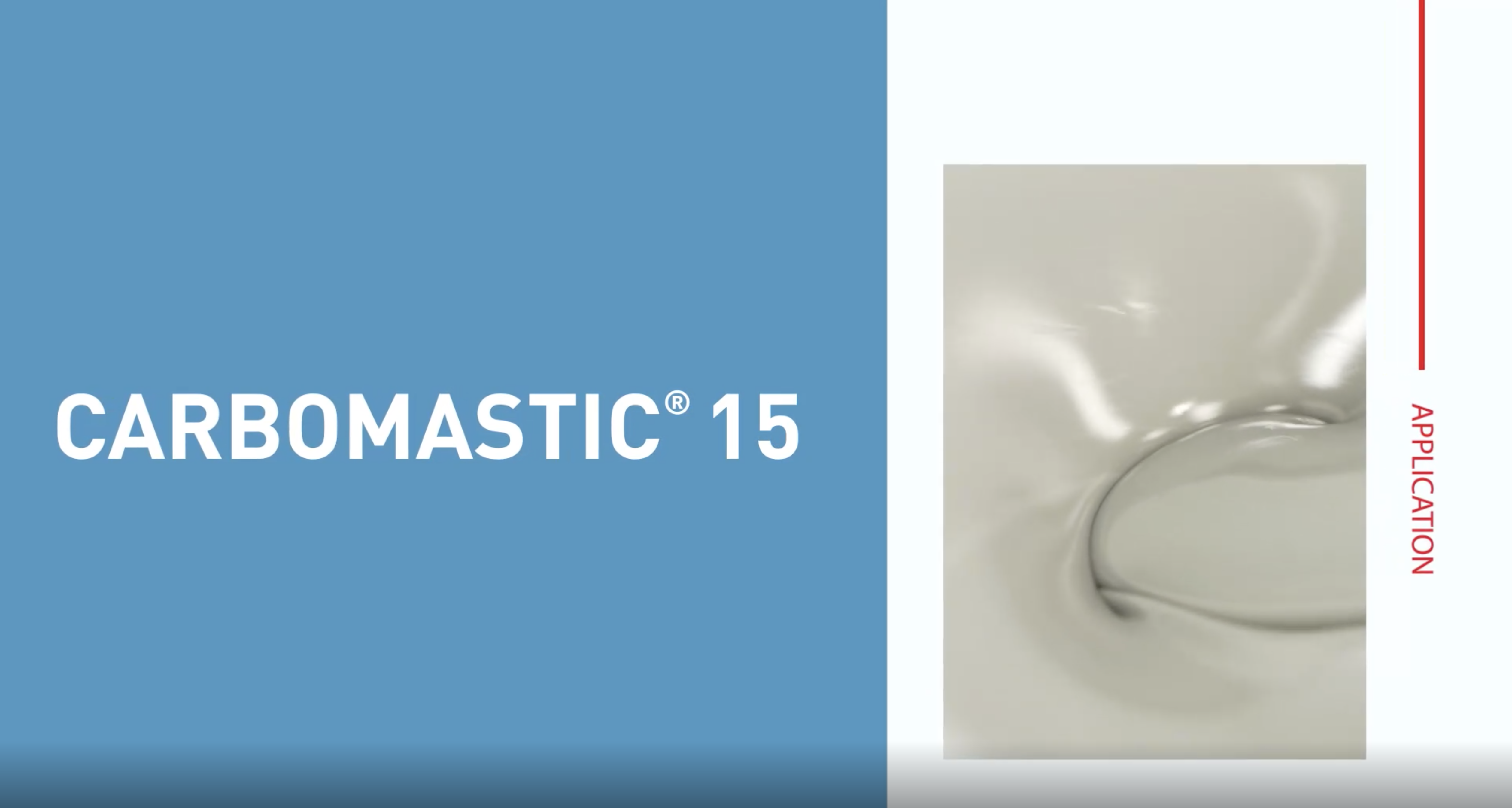Archive
Exploring protective coatings and linings for carbon capture utilization and storage (CCUS) process equipment
As decarbonization efforts intensify worldwide, corrosion protection for carbon capture use and storage equipment is sure to be a topic of much discussion. Here, we explore some coatings and linings which might be suitable in this emerging—and critically important—segment.
Surface-tolerant epoxy mastic coatings: A review of use cases
A survey of real-world use cases illustrates the flexibility and performance of surface-tolerant epoxy mastic coatings in both routine and unique settings.
The Red Bucket – Episode 13. EV facility intumescent applicator overcomes record-breaking rainfall
After some time off the air, The Red Bucket returns with a narration of a complex electric vehicle (EV) facility construction project in Canada, with Jeffrey Lagendyk of Nor-Lag Coatings helping tell the story. The project included applying intumescent fireproofing under tight deadline pressure in foul weather. Paul introduces a new voice to the podcast.
Iowa ethanol maker deploys unique siloxane against “whiskey fungus”
An unsightly black fungal growth is commonly seen on tanks in which alcohols are stored. In Iowa, an ethanol producer was tired of the frequent cleanings and recoatings of tanks where the fungus thrived, instead turning to a unique siloxane topcoat.
Modern fire loads part 3: Viable alternatives to obsolete cellulosic test standards
If a built environment full of hotter-burning synthetics means that legacy cellulosic fire test standards are obsolete, then what should replace them? In the third and final part of this series, we explore potential complications that could arise from relying on outdated tests, and suggest a handful of alternative tests better-suited for modern fire loads.

